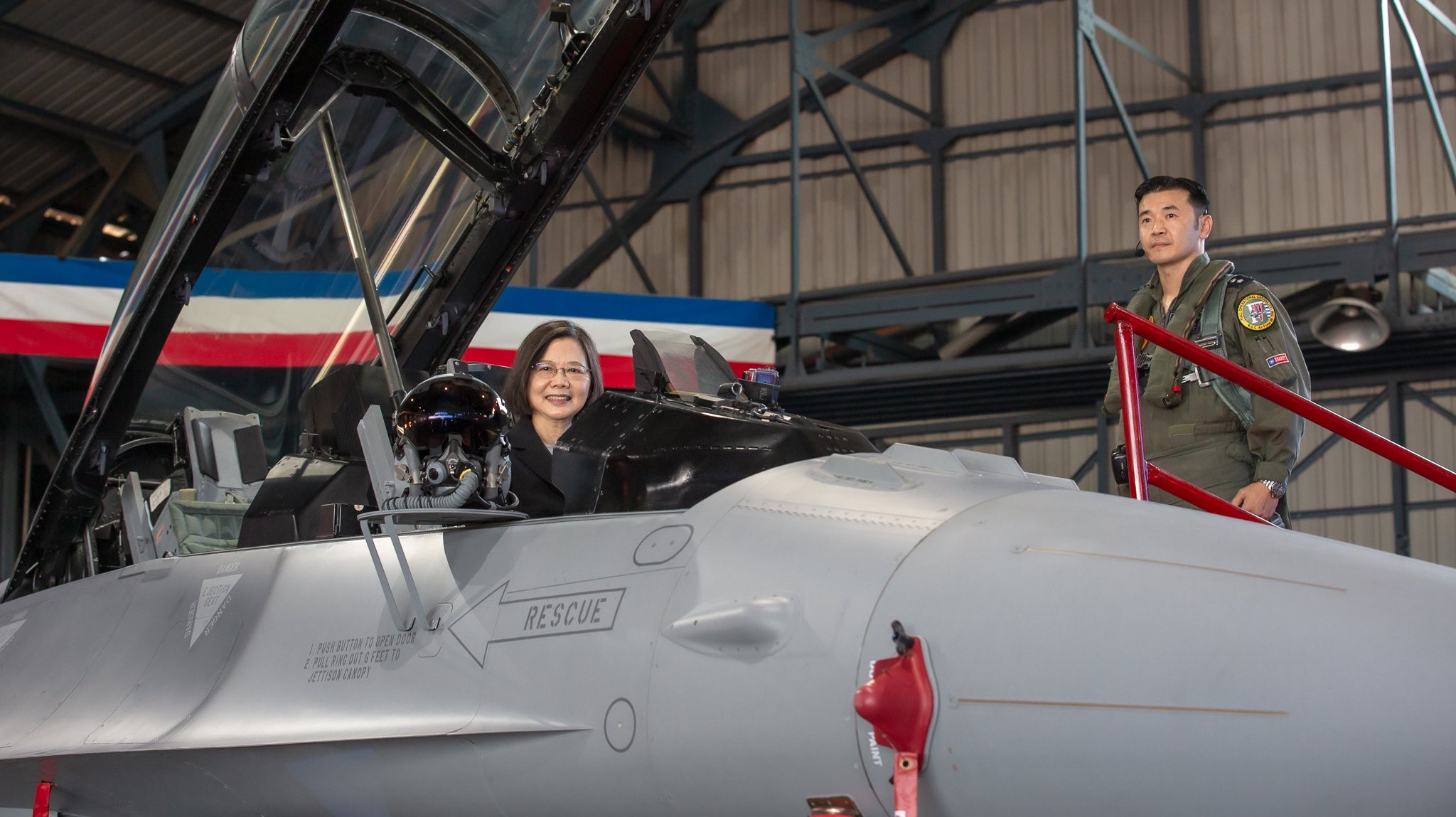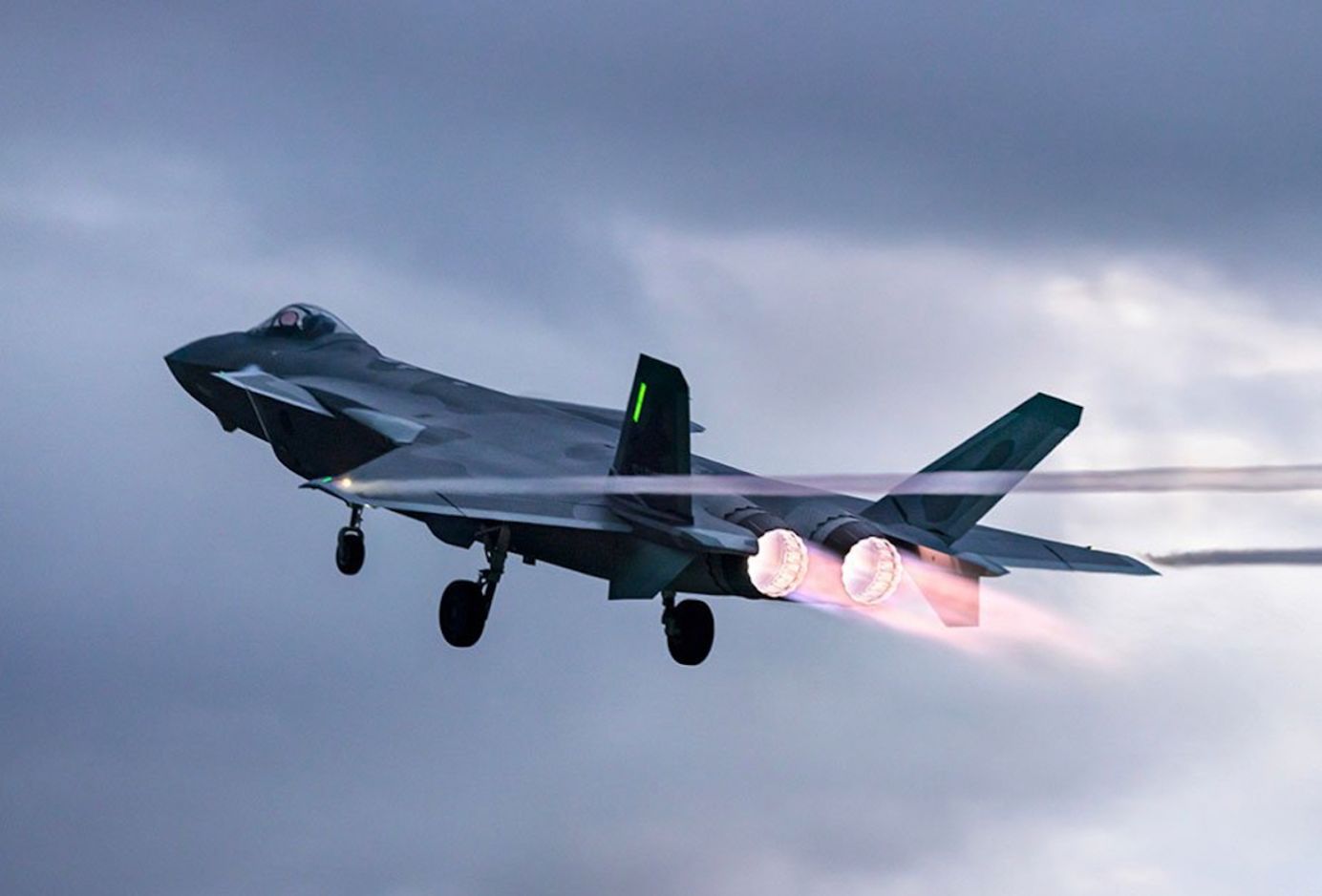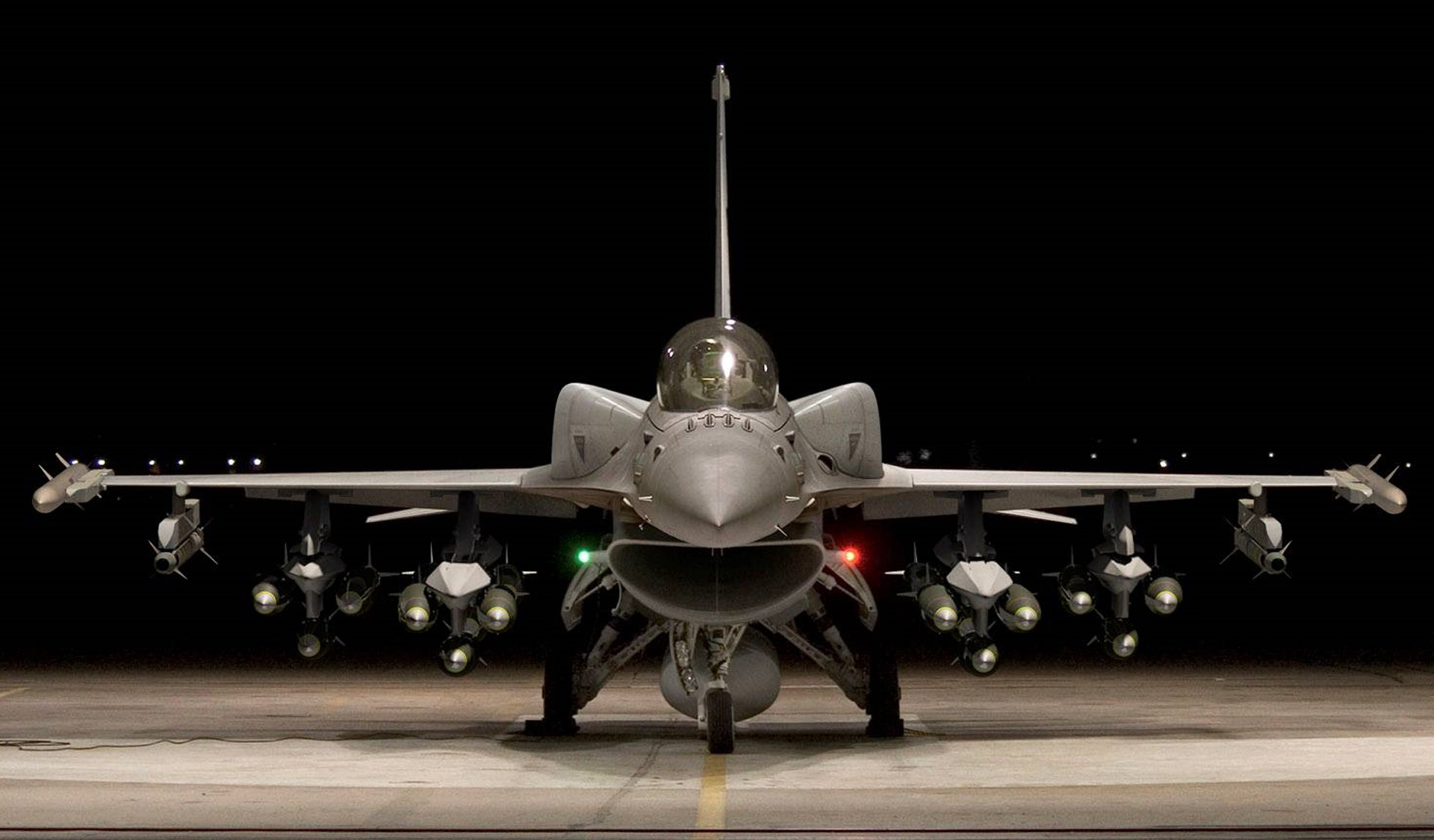With China refusing to end its regular intrusions into Taiwan’s Air Defense Identification Zone (ADIZ), Taiwanese F-16 warplanes frequently dispatched to intercept the PLAAF fighters are getting an IRST system for better detection capabilities.
Paving the way for adding new and advanced capabilities to the aircraft, the US government approved the proposed sale of Infrared Search and Track (IRST) systems for F-16 fighter jets and associated equipment to Taiwan. This would be the 11th arms transfer to Taiwan since President Joe Biden took office in 2021.
The US Defense Security Cooperation Agency (DSCA) of the Pentagon released a statement stating that the sale would include F-16 IRST systems and associated integration, test, aircraft and munitions support and equipment, spare parts and accessories, personnel training, as well as engineering, technical, and logistical support services.
Following the State Department’s approval, the department claimed to have informed Congress of the arms transaction that day. The improved sensor systems might be used on the Taiwanese Air Force’s fleet of modified F-16Vs despite the delays in acquiring these new Block 70 F-16C/Ds.
IRSTs provide an additional way for identifying and following potential airborne threats. An IRST system is designed to detect and track objects that give off heat signatures and infrared radiation. They are crucial systems as they are not impacted by a target’s features that seek to decrease its radar cross-section.
We appreciate @StateDept approving the #FMS of IRST systems which @congressdotgov is notified of. The sale of IRST systems is based on #TaiwanRelationsAct and #SixAssurances. These systems will be put to good use in maintaining regional stability. https://t.co/yfZLn6DVbn
— 國防部 Ministry of National Defense, R.O.C. 🇹🇼 (@MoNDefense) August 24, 2023
Several advanced fighter aircraft have these IRSTs now installed on them because these sensors have the advantage of being impervious to electronic warfare attacks, which are meant to jam radars and other radio frequency emissions. This means the IRST has an obvious advantage over conventional radars that Taiwanese jets use.
In addition to the above-listed capabilities, the sensors are entirely passive, unlike an active search mode radar. Thus, a target won’t be aware that they are being spotted. These features, therefore, are expected to give a massive combat capability to the Republic of China Air Force (ROCAF), which has to dispatch its F-16s to intercept intruding Chinese warplanes.

China claims self-ruled Taiwan as an inalienable part of the Chinese mainland and has made no bone of its intention to unite it with the latter, using force if necessary. Military pundits and experts have suggested Beijing won’t invade the island in the short term but could make a move by 2027.
Taiwan’s acquisition of the most advanced variant of the F-16 combat-hardened fighter jets is an attempt at bolstering its defense capabilities as tensions rise with China. Taiwan is set to become Asia’s most significant F-16 Viper force by acquiring 200 aircraft units now equipped with additional systems.
Although deliveries have been delayed, integrating an IRST would enhance the jets’ capability. IRSTs can still be combined with conventional radars to provide a potent sensor combination, which is believed to be a significant advantage when facing off against a militarily superior and advanced enemy like China that has deployed cutting-edge fighters like its stealthy J-20.
Will The New IRST For F-16 Embolden It Against the Chinese J-20?
To compete with the J-20, the third fifth-generation stealth fighter in service worldwide, the self-ruled island state is converting 141-year-old F-16A/B Block 20s to the next-generation US fighters and has 66 brand-new F-16V block 70s on order.
Military watchers often ask whether the F-16Vs could take on the J-20s at a time when they haven’t been particularly able to intercept them so far.
Ever since the F-16s entered the upgrade process, it was noted that the fighters would be more likely to track the J-20 than its predecessors. These F-16Vs are fitted with APG-83 Active Electronically Scanned Array (AESA) radar and other contemporary avionics, in contrast to older variants.
However, even though the F-16s routinely intercept the J-10s and the J-16s, two persistent visitors of the island, there have been instances when the aircraft could not intercept the J-20 stealth fighters that flew over the island. Chinese fighter pilots have made these claims on state media.
These claims, although unverified, have nonetheless called into question the ROCAF’s capability to track a stealthy fighter that could easily aim at its jets and ground assets without getting targeted. However, with the integration of the IRST on Taiwanese F-16 fighters, there is optimism that the aircraft could locate and shoot the J-20.

Explaining how the IRST would prove an essential combat advantage, military expert and Indian Air Force veteran Squadron Leader Vijainder K. Thakur told EurAsian Times: “IRST has good passive detection & tracking capabilities against stealth aircraft. Chinese stealth aircraft do not have good Infrared signature suppression.
“On a clear day, it would be possible for an F-16 with IRST to detect a stealth fighter from a 70-kilometer range without revealing its position. On the other hand, a stealth fighter could only detect the F-16 by switching on its radar, revealing its position.”
It is widely believed that the associated ranges are also ideally suited for IRSTs in a cross-strait conflict between the two. In such a conflict, Taiwan would do well and would be able to combat the PLA better, only identifying the targets and prioritizing which one needs immediate action.
However, another section of analysts and PLA watchers believe that integrating the IRST on the F-16s may give it some battlefield advantage. Still, it won’t necessarily be a game-changer for the ROCAF. This is attributed to Taipei trailing behind Beijing in other crucial capabilities essential to aerial combat.

A military observer, who didn’t want to be named, told EurAsian Times, “To put it in perspective, by the time that the ROCAF’s order for new build F-16Vs is completed by 2026 as currently estimated, it is a real possibility that the PLA may have more J-20s in service than the ROCAF has fighters of all types.
In the context of the effects of the cross-strait fires balance, discussion about how the on-paper fighter forces of each side may compare is premature and somewhat redundant, and considering how ROCAF F-16Vs might be able to engage a PLAAF J-20, is seeking a niche and unlikely hypothetical tactical scenario in an already existing niche and difficult to entertain hypothetical operational setting.”
Taiwan is currently trying to accrue the best capabilities that it could do, with an eye on Beijing’s swelling aggression. Although China has intensified its air activity around and inside the Taiwanese ADIZ since 2020, it has become alarming since the August 2022 visit of US House Speaker Nancy Pelosi to Taiwan.
China’s consistent aerial intrusions and preparations for what is touted as a likely invasion have triggered a massive military modernization response in Taiwan. As it is, Taipei has turned to Washington to arm itself to the teeth. For instance, in May this year, the ROCAF announced it had equipped its Vipers with AIM-9X Sidewinder missiles purchased from the United States.
China regularly objects to the US sale of weapons to Taiwan. Still, the supplies wouldn’t stop anytime soon as Beijing is becoming a significant threat to the self-ruled island territory and other American allies in the Indo-Pacific region.
- Contact the author at sakshi.tiwari9555 (at) gmail.com
- Follow EurAsian Times on Google News




